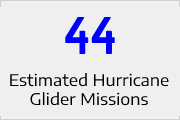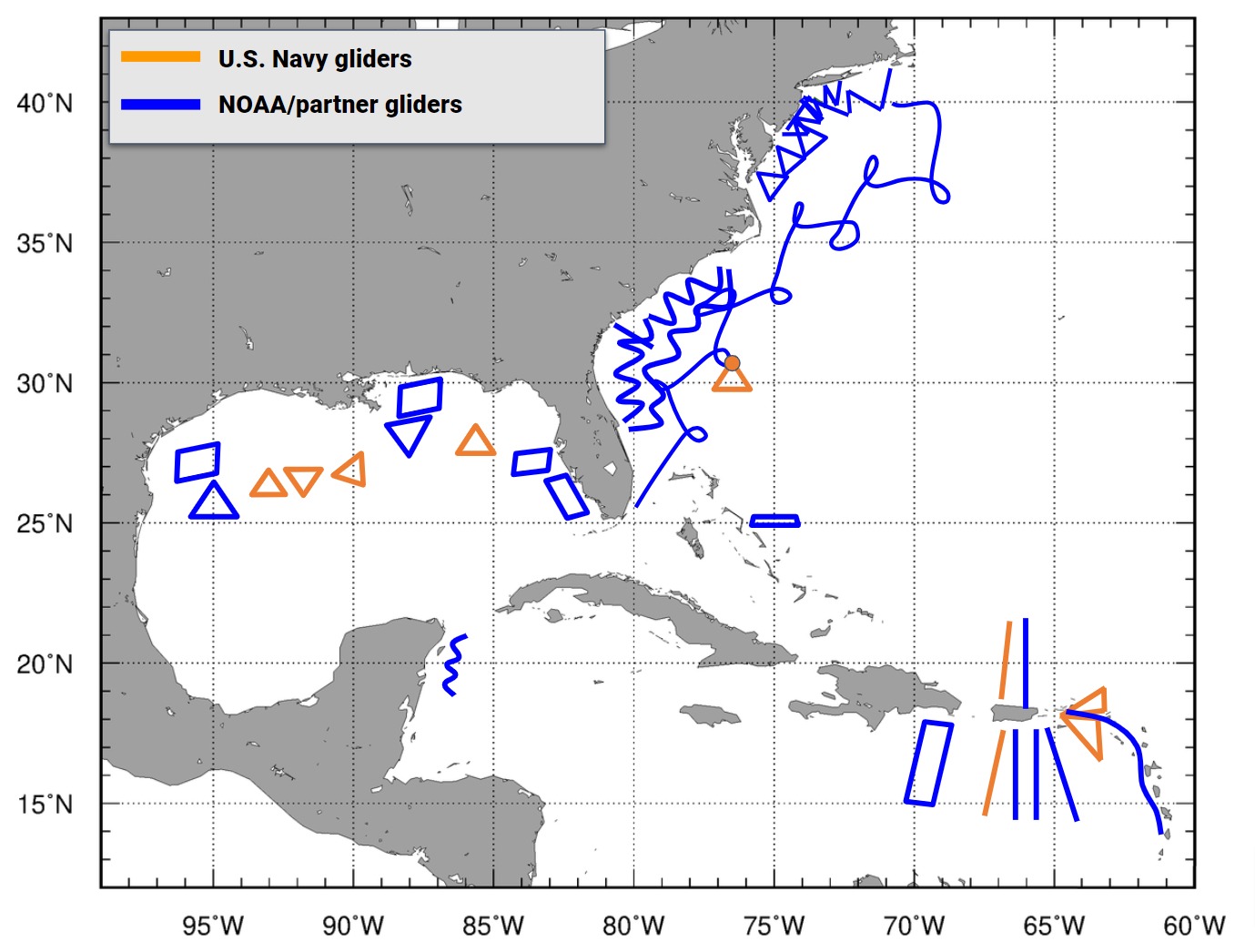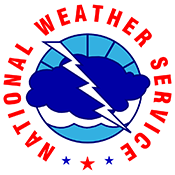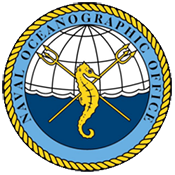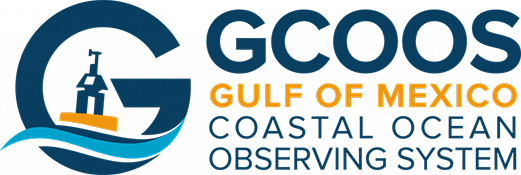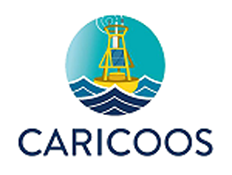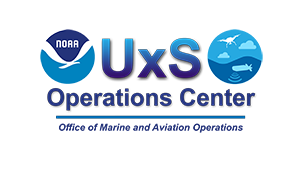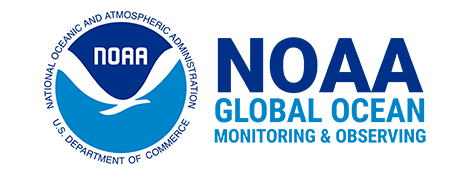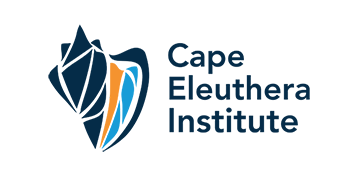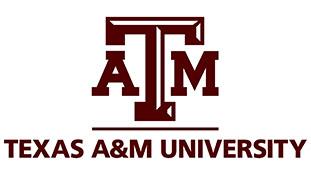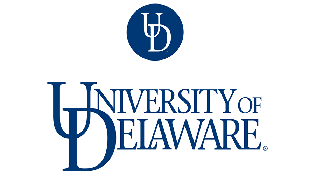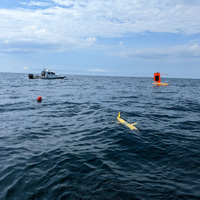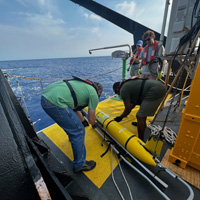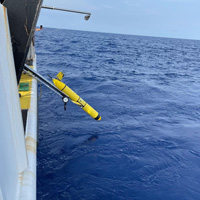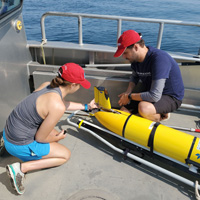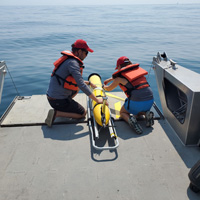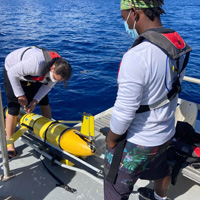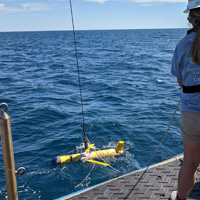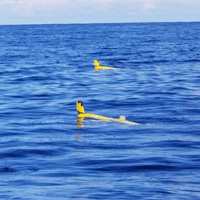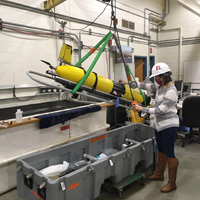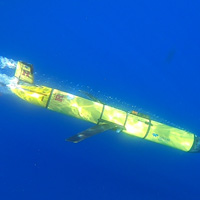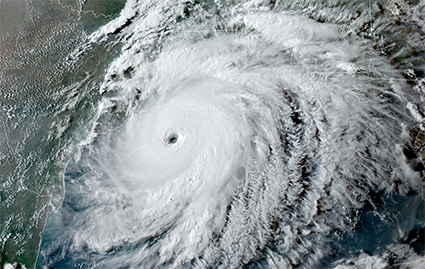
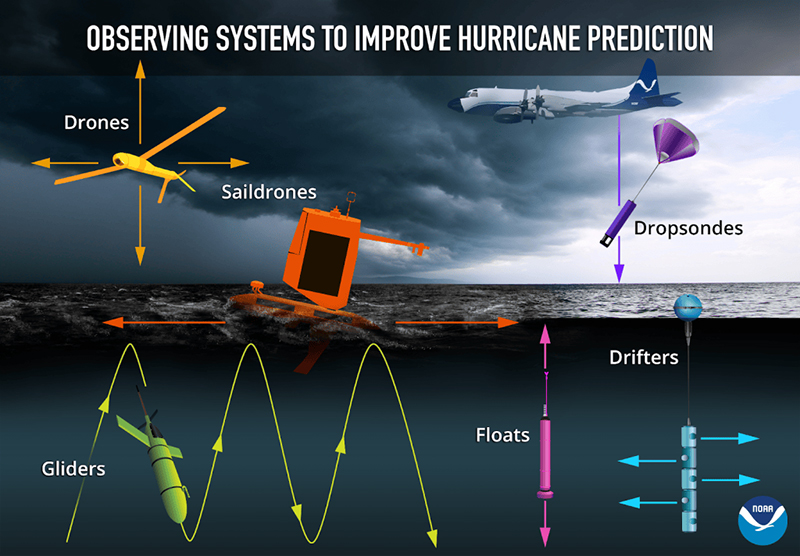
Credit: NOAA/PMEL.
- Loop Current
- Gulf Stream
- Mid-Atlantic Cold Pool
- Freshwater Barrier Layers
- Atlantic Warm Pool
- Eddies and Rings

Hurricane Katrina crossed over an area of high Tropical Cyclone Heat Potential, where a Loop Current Eddy contributed to rapid intensification just prior to landfall. Credit: NOAA/AOML.
 In 2014 the NOAA Atlantic Oceanographic and Meteorological Laboratory (AOML), along with partners including the Caribbean Coastal Ocean Observing System (CARICOOS) and Rutgers University, coordinated on the use of gliders to improve our understanding of the ocean's role in hurricane intensity changes. This collaboration expanded to include additional partners operating gliders in the Caribbean Sea and Tropical Atlantic, Mid-Atlantic Bight, South-Atlantic Bight, and the Gulf of Mexico. In 2018 the IOOS Office began coordinating this community of multi-institutional, multi-regional glider operators on glider missions during the Atlantic hurricane season.
Glider missions are primarily conducted in U.S. waters by IOOS Regional Associations and their academic members, the U.S. Navy, and NOAA Research partners. The glider operations also contribute to the NOAA Global Ocean and Monitoring Observations (GOMO) Extreme Events Program, which aims to coordinate complementary observing platforms (subsurface, surface and aerial) to improve our understanding of the role of the ocean, waves, and air-sea interactions in the development and intensification of hurricanes in order to produce more accurate and reliable models and forecasts.
In 2014 the NOAA Atlantic Oceanographic and Meteorological Laboratory (AOML), along with partners including the Caribbean Coastal Ocean Observing System (CARICOOS) and Rutgers University, coordinated on the use of gliders to improve our understanding of the ocean's role in hurricane intensity changes. This collaboration expanded to include additional partners operating gliders in the Caribbean Sea and Tropical Atlantic, Mid-Atlantic Bight, South-Atlantic Bight, and the Gulf of Mexico. In 2018 the IOOS Office began coordinating this community of multi-institutional, multi-regional glider operators on glider missions during the Atlantic hurricane season.
Glider missions are primarily conducted in U.S. waters by IOOS Regional Associations and their academic members, the U.S. Navy, and NOAA Research partners. The glider operations also contribute to the NOAA Global Ocean and Monitoring Observations (GOMO) Extreme Events Program, which aims to coordinate complementary observing platforms (subsurface, surface and aerial) to improve our understanding of the role of the ocean, waves, and air-sea interactions in the development and intensification of hurricanes in order to produce more accurate and reliable models and forecasts.
By the Numbers
These metrics represent 5 Atlantic hurricane seasons (2018 - 2022), during hurricane season months June through November.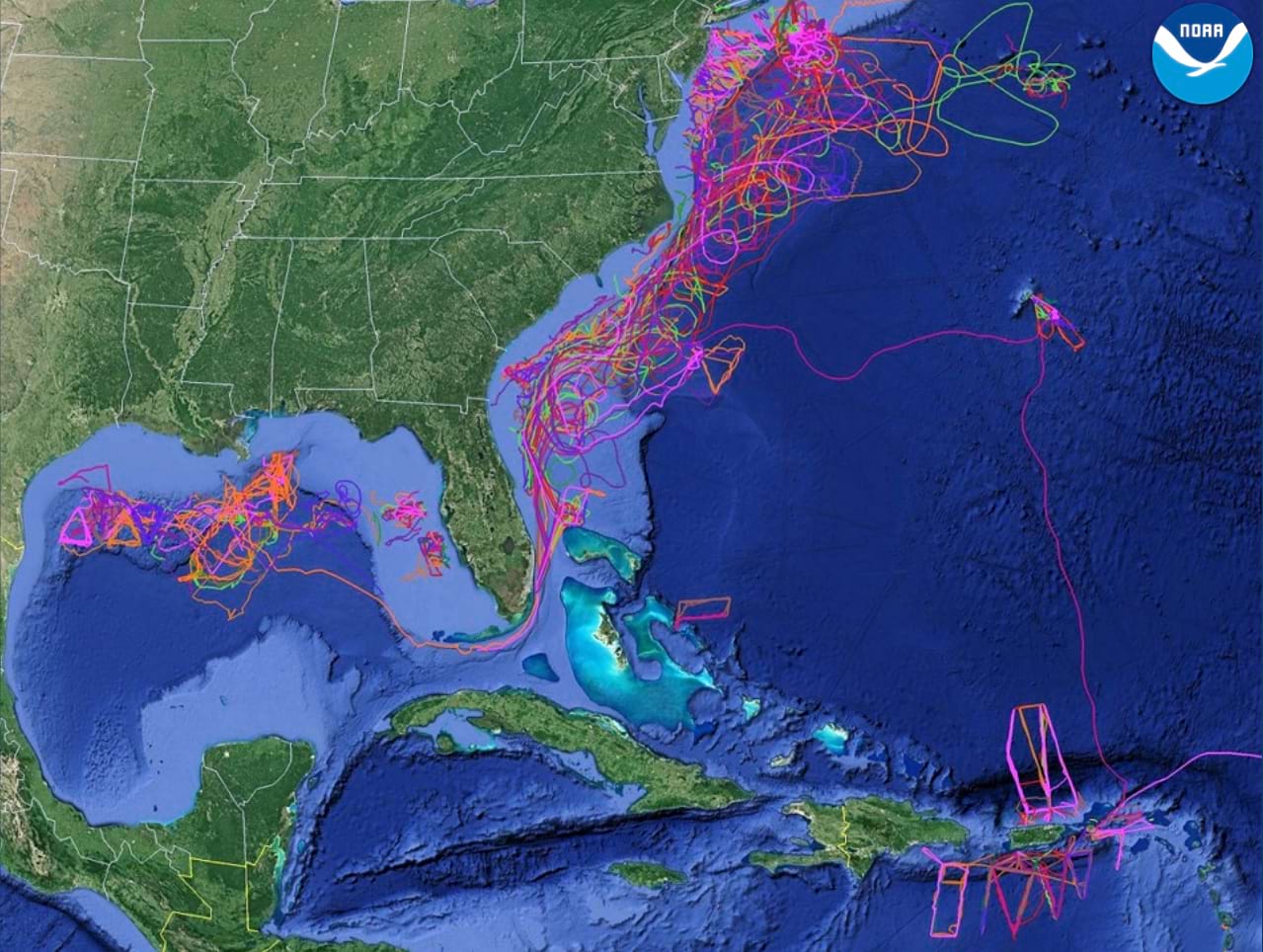 References
References
- Emanuel, K. Increasing destructiveness of tropical cyclones over the past 30 years. Nature 436, 686–688 (2005).
- NOAA National Centers for Environmental Information (NCEI) U.S. Billion-Dollar Weather and Climate Disasters (2023). https://www.ncei.noaa.gov/access/billions/, DOI: 10.25921/stkw-7w73
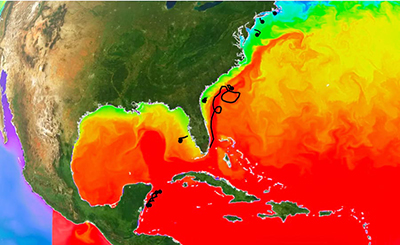
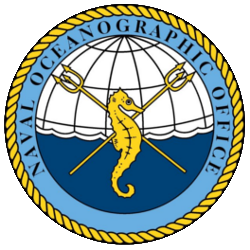
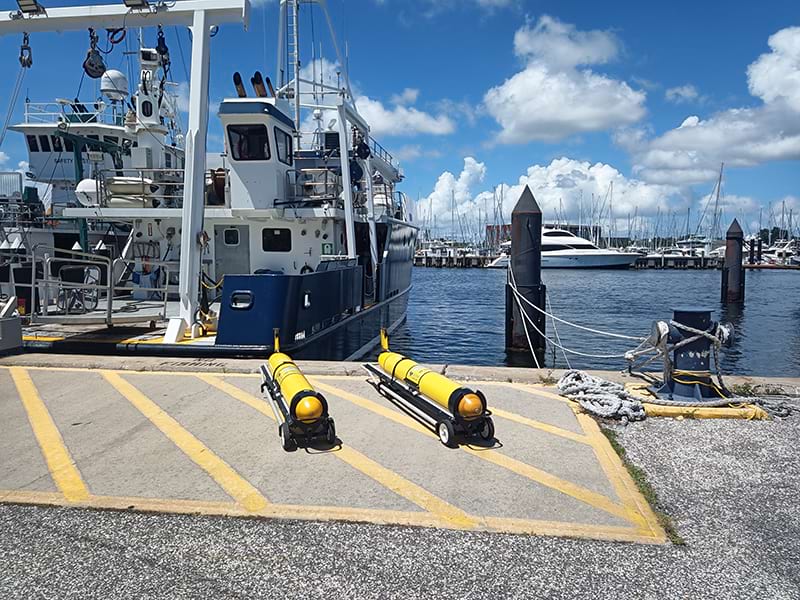
Navy gliders ready for deployment. Credit: USF.
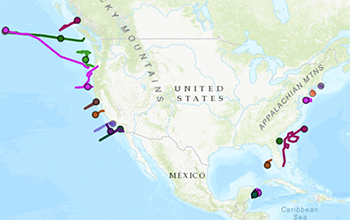
NOAA IOOS: Glider Data Assembly Center
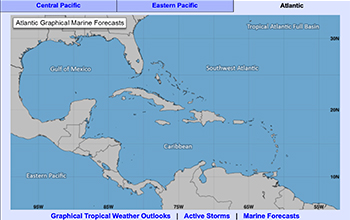
NOAA NHC: Official Forecasts
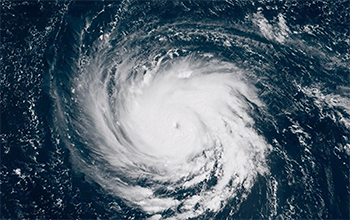
NOAA AOML: Glider Research | Map
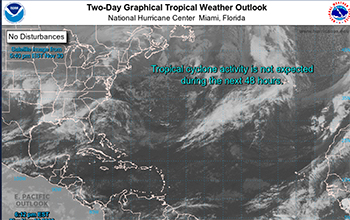
CARICOOS: Hurricane Info
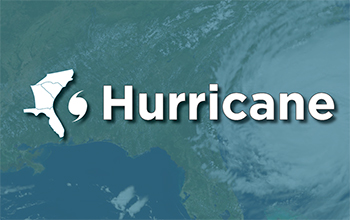
SECOORA: Hurricane info | Map

GCOOS: Hurricane info | Map
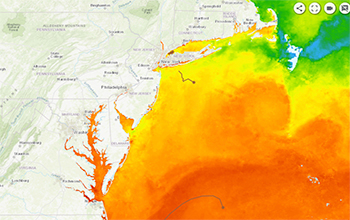
MARACOOS: Hurricane Info | Map
Videos
 Official websites use .gov
A .gov website belongs to an official government organization in the United States.
Official websites use .gov
A .gov website belongs to an official government organization in the United States.
 Secure .gov websites use HTTPS
A lock or https:// means you’ve safely connected to the .gov website. Share sensitive information only on official, secure websites.
Secure .gov websites use HTTPS
A lock or https:// means you’ve safely connected to the .gov website. Share sensitive information only on official, secure websites.


